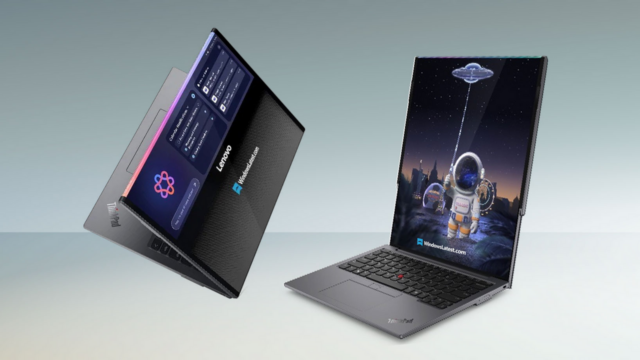Edge computing transforms; analyzed, and transmitted by bringing computation closer to the data sources. This paradigm shift addresses the limitations of traditional cloud computing by offering faster data processing, reduced latency, and improved bandwidth efficiency.
Edge computing
Unlike cloud computing, which relies on centralized data processing, edge computing processes data near its source—at the “edge” of the network. This approach minimizes the need to transfer large amounts of data to central data centers.
In an edgecomputing architecture, data is processed locally on edge devices or nearby edge servers rather than being sent to distant cloud servers. The process typically works as follows:
Data Generation: Sensors, IoT devices, and other sources generate data.
Local Processing: Edge devices or servers equipped with computing resources process this data locally.
Data Filtering: Only relevant or summarized data sent to the cloud for further analysis and storage.
Actionable Insights: Real-time processing at the edge provides immediate insights and actions, critical for time-sensitive applications.
Edge-computing offers several significant advantages over traditional cloud computing:
Reduced Latency: By processing data closer to the source, edgecomputing significantly lowers latency, making it ideal for applications requiring real-time responses.
Optimized Bandwidth Usage: By reducing the volume of data transmitted to centralized servers, edgecomputing optimizes bandwidth usage.
Enhanced Reliability: Local data processing ensures that applications remain functional even if the connection to the central cloud is disrupted.
Improved Security: Processing data locally reduces the need to transmit sensitive information over potentially insecure networks, enhancing security and privacy.













